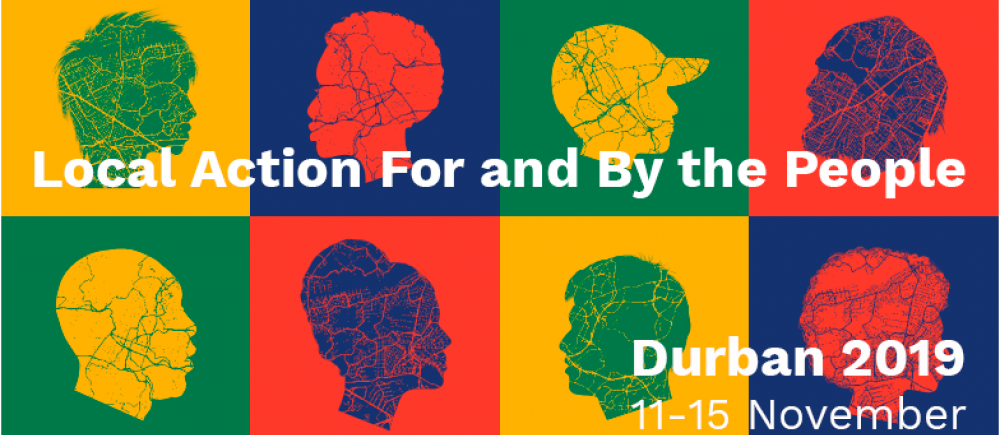UNDRR Event: Making Cities Resilient Beyond 2020
Today, 55% of the world’s population lives in urban areas. By 2050 another 2.5 billion people will be added to urban areas, which will be 68% of the world’s population, mostly in Africa and Asia. Population growth and climate change bring significant challenges to urban resiliency, such as insufficient or ineffective infrastructure and more frequent disasters.
Local governments are uniquely positioned to address climate change–related issues and disaster risks at the local level, because they are closest to citizens and communities and they understand where the vulnerability is and what people’s needs are, and it is also local government’s mandate to implement adaptation or disaster risk reduction (DRR) related measures – including in relation to land use planning, infrastructure and water management.
Although cities and local governments are highlighted across the international agendas and frameworks on adaptation to climate change and DRR, financing for resilience is still far from enough. Global urban infrastructure financing gap is massive, $4.1-4.7 trillion per annum. Furthermore, a study indicates that of four priorities of the Sendai Framework, only 8% goes to investment in DRR for resilience.
Financing for climate change adaptation (CCA) and financing for DRR are different, but they are closely linked and often overlap especially at the local level. Disasters can be accelerated and exacerbated by climate change and many DRR measures can directly contribute to better CCA. Strategies for CCA cannot be achieved without understanding local risks that are traditionally available in the form of DRR. Therefore, we need to take advantage of the close linkage between CCA and DRR and create greater stronger synergies between them.
One fundamental aspect of the solutions to make cities resilient is to build a sustainable, systematic mechanism for financing urban resilience including both CCA and DRR through collaborative partnerships.
UNCDF’s Local Climate Adaptive Living Facility (LoCAL) provides a standard country-owned financing mechanism to channel climate finance to local governments in LDCs. One of the key sectors in LoCAL’s investment menu is disaster risk reduction. Over the last four years, the LoCAL investments for DRR have represented 9% of the portfolio of the investments selected and made by local governments, such as early warning systems, upgrade existing infrastructure or install new infrastructure (roads, bridges, drainage systems) to better withstand extreme weather, mainstream climate change into local disaster management planning, train local authorities and citizens, etc.
In Nepal, through LoCAL, the majority of investments focused on climate-related disaster prevention, with 27 projects addressing bioengineering, drainage and damming works on roads, river streams and canals to prevent flooding and landslides for downstream and neighbouring communities. LoCAL also organized workshops on the integration of disaster risk management into local public planning. In Niger, LoCAL started piloting localized climate risk assessments. Over the three-year pilot phase, LoCAL-Niger financed 41 adaptation investments that are relevant to disaster risk reduction, which include rehabilitating degraded land and wells for easy access to safe drinking water, building food storage facilities, training local government officers and community workers, etc.
In line with the findings of its midterm evaluation, LoCAL is expected to increasingly work in urban areas, together with the International Municipal Investment Fund, to invest more in urban resilience. UNCDF has also recently become one of the partners of the Making Cities Resilient campaign and is committed to partnering with UNDRR and other partners in the campaign to strengthen the localization of DRR, CCA and resilience.
In summary, to make cities resilient, four elements are vital – key role of local governments, synergies between CCA and DRR, a systematic approach on financing for resilience, and collaborative partnerships.
